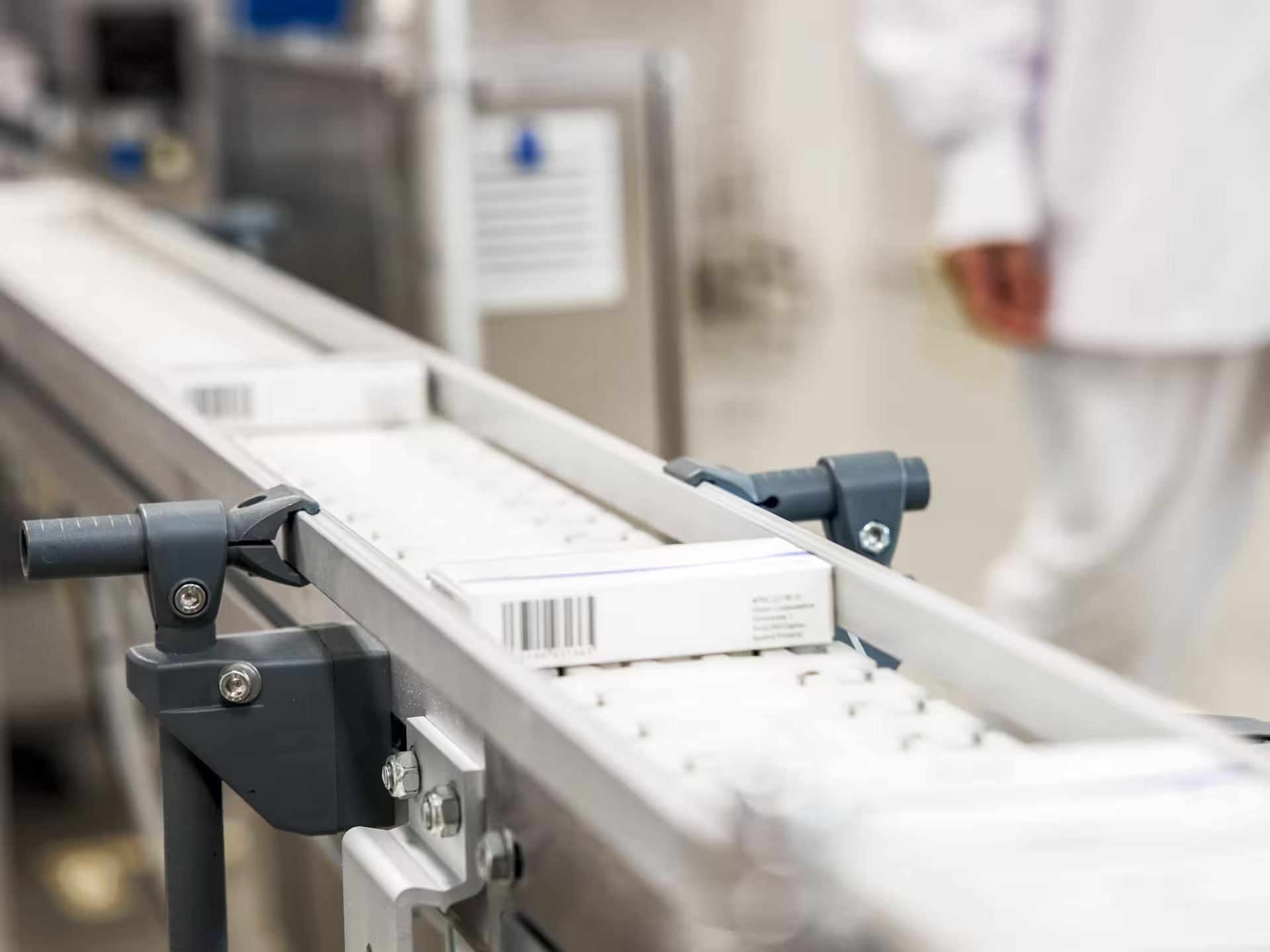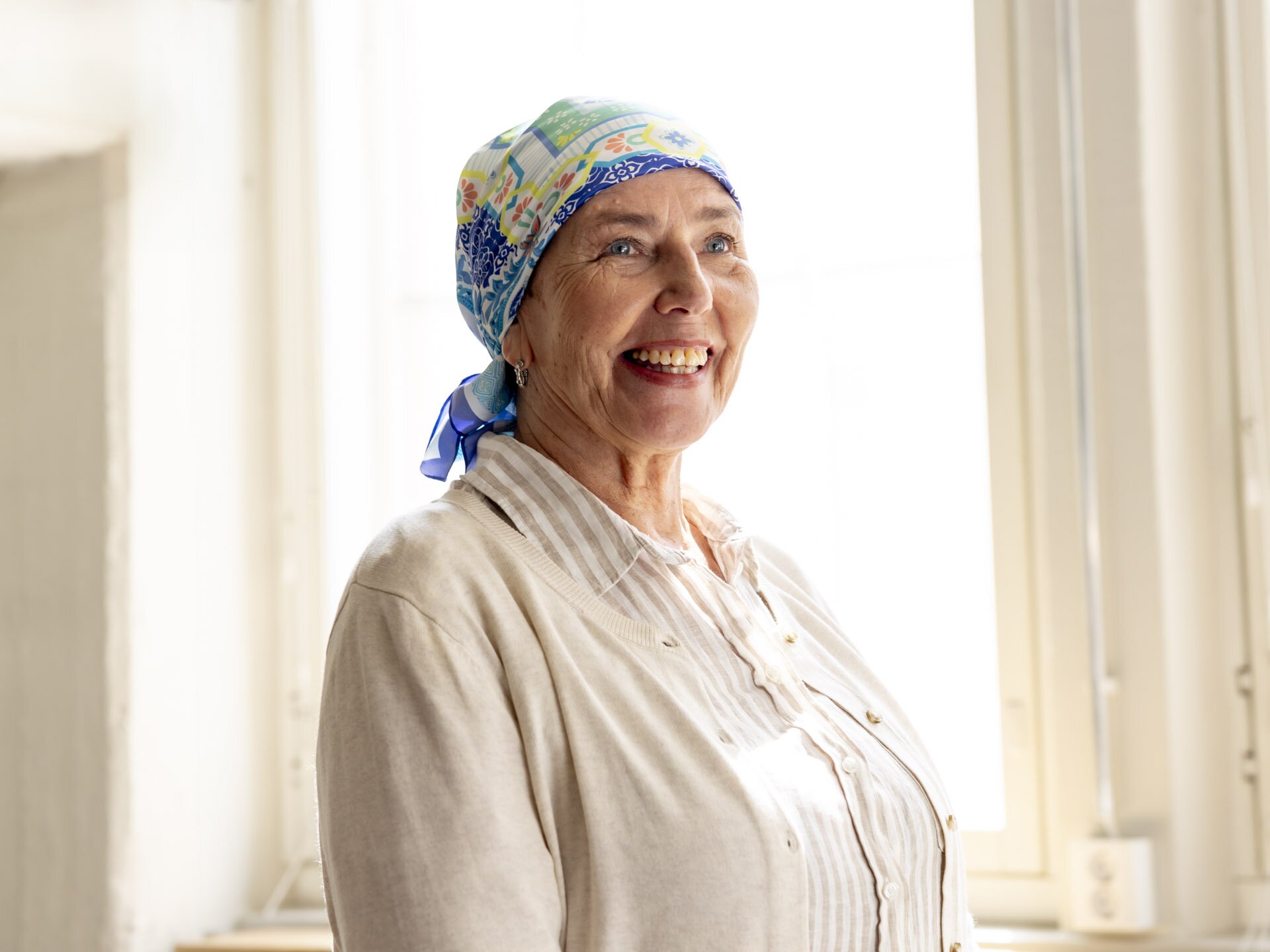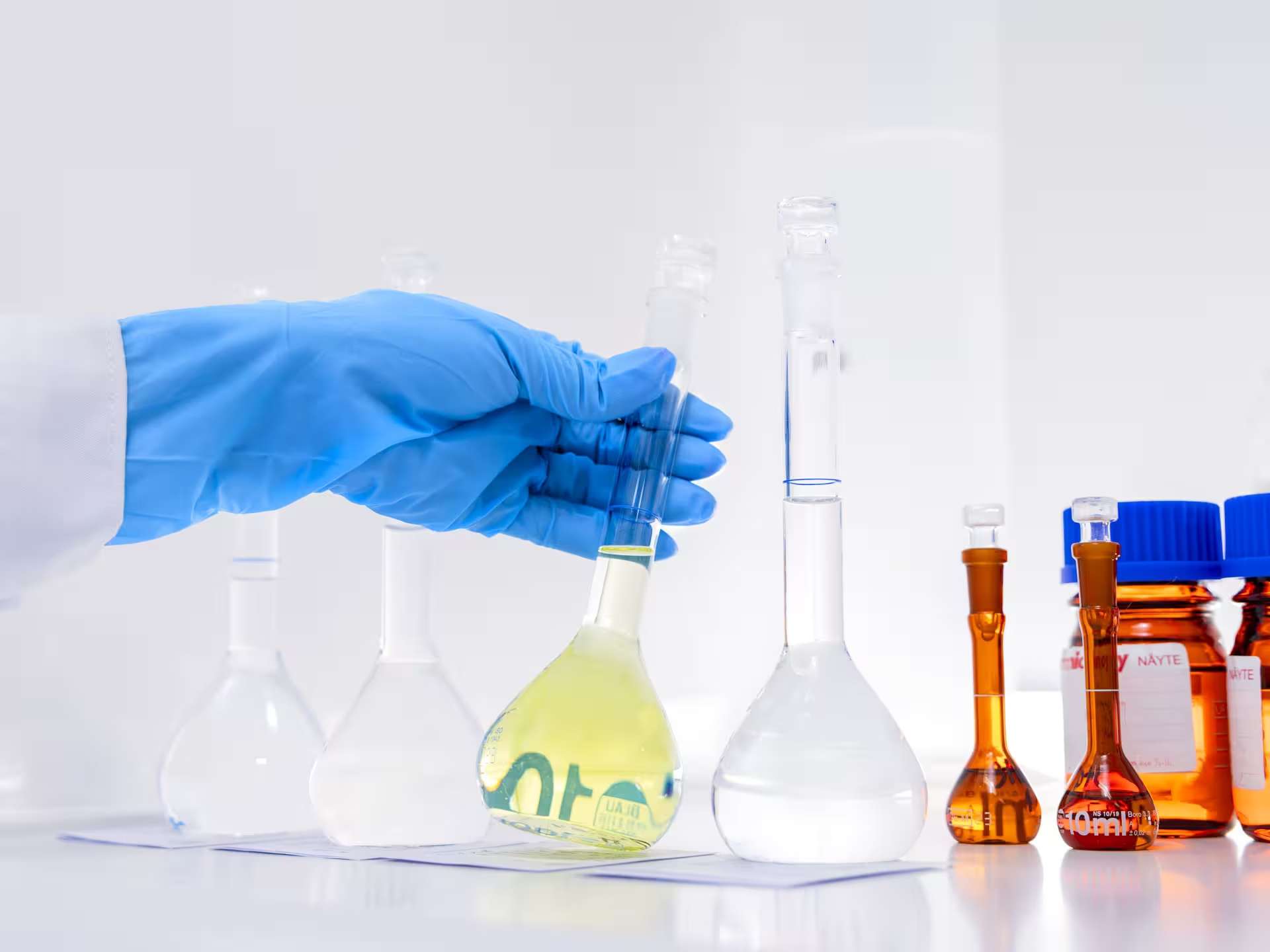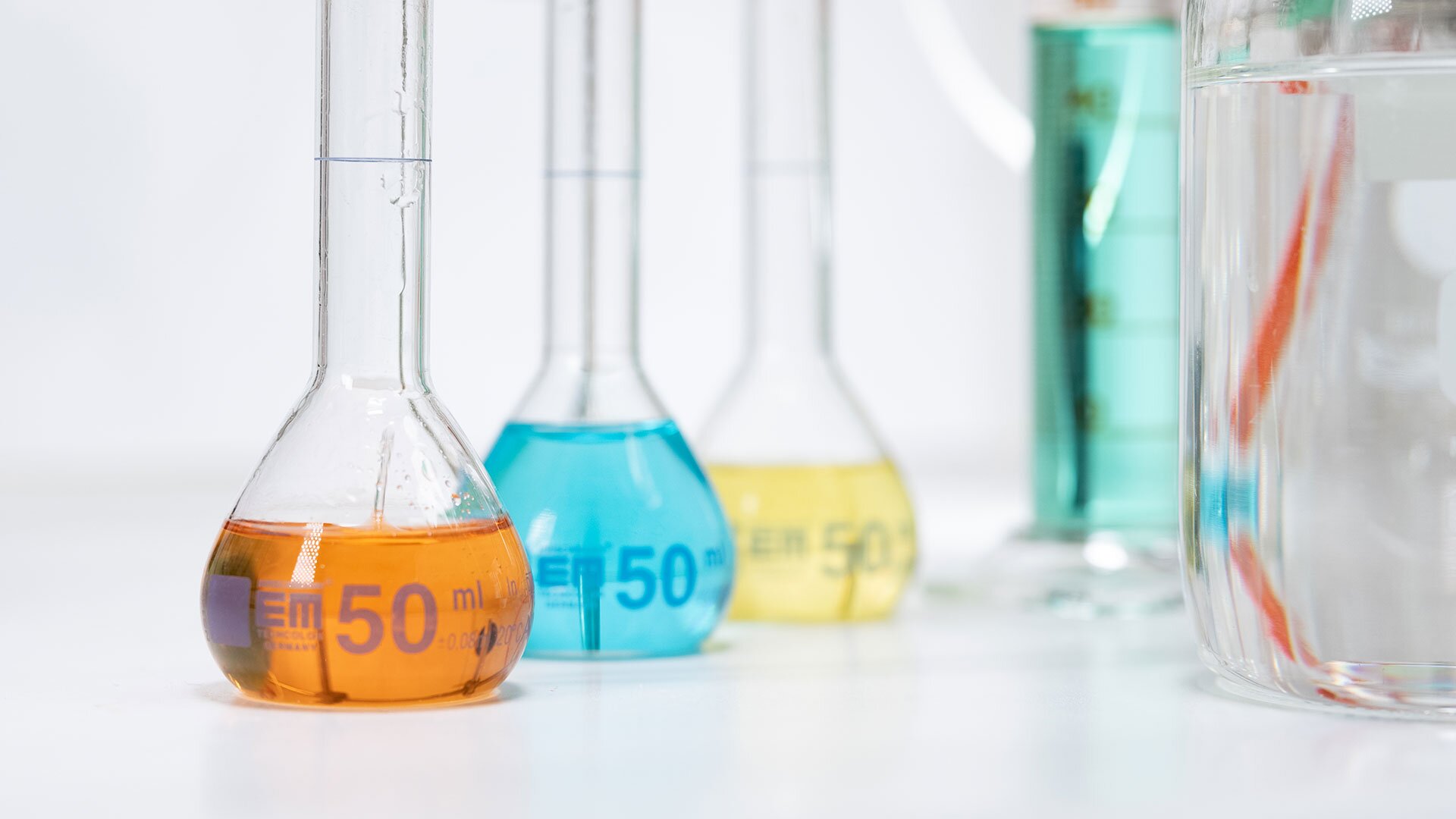The quality and type of packaging is essential for preserving a product throughout its shelf life. This is particularly true of pharmaceutical packaging. Correct and appropriate packaging keeps medicinal products intact during the handling and delivery. The packaging must also protect the medicine against harmful light, oxygen, moisture or microbial exposure.
This is why the best place to store medicines once they have been taken into use is their original packaging. Medicines retain their properties in pill dispensers, but medicines should be stored in them only for a limited time.
The format of the medicine determines the packaging
But what does pharmaceutically appropriate packaging actually involve? Let’s take an example: thyroxine, which is used for treating underactive thyroid gland. Orion’s product is first placed in a dark brown glass bottle and sealed with an aluminium screw cap. The glass and aluminium package is then placed in a paperboard carton, sealed with a transparent sticker at both ends.
Primary packaging refers to the packaging that is in immediate contact with the medicine. Primary packaging includes glass bottles, plastic and aluminium blister packages for tablets, cream tubes and plastic containers. The paperboard carton protecting the primary packaging is known as secondary packaging.
It provides additional protection against light and mechanical impact. The simple and regular design of the packaging makes it stackable. This is essential for logistics at Orion as well as the pharmaceutical wholesalers as they load, deliver and unload products on their way to their destination. At pharmacies, packaging design is important for organising and shelving stocks.
The packaging must not impact the product
As primary packaging is in direct contact with the medicine, it is subject to stricter standards than secondary packaging. Primary packaging is regulated by the European Pharmacopoeia, the common reference work for the quality control of medicines in the EU, which provides minimum standards for the quality and safety features of packaging.
The primary packaging must not contain anything that could contaminate the product, such as microscopic plastic particles, colouring agents or compounds released by the aluminium cap or the plastic coating inside the cap. The packaging materials are carefully selected to find the best possible match for the ingredients.
Besides tests prescribed by the European Pharmacopoeia, Orion carries out several other tests on its packaging materials. For example, the materials are subjected to high temperature and solvents to see if the materials release compounds that could affect the safe use of the medicine.
Orion also carries out tests to continually improve the ease of use: are tablets easy to pop out from the blister package, and how many times does the user have to press a pump bottle to produce an even flow of cream? We also make sure child-resistant packaging is difficult for children to open and that certain other medicines are easy for frail or otherwise impaired users to open.
Packaging is the superhero of pharmaceutical production
In addition to the pharmaceutical and user considerations, packaging also has a major impact on the use of resources in production and logistics. If we think about how many natural resources and working hours go into the production of medicines at the different stages of the value chain, the role of the packaging soon becomes obvious.
An active ingredient is turned into a pharmaceutical product through a complex production process, and even more resources are required when the end products are delivered to pharmacies and hospitals. Human resources form a major portion of this process: human input is required for the manufacturing, delivery, storage and distribution.
If the packaging fails, all the efforts preceding the final stage of the product’s journey, including the financial costs, would have been in vain. This is why the packaging is the hero of this process. It protects the product so that it can reach the end user in perfect condition, for which a lot of natural resources, hours of work and human resources were expended.
Packaging as a source of information
- High-quality packaging is designed with different users in mind. The text on the packaging should be legible for elderly users and those with, for example, red-green colour blindness. The key information, such as the name and strength of the product, is printed on the packaging in Braille.
- High-quality packaging helps users identify the product at a glance.
- According to the Medicines Act, the packaging of all medicinal products must include a package insert. This is the leaflet inside the packaging that provides all the information that a user needs to know about the product they are taking. The insert lists the symptoms or conditions that the medicine is for and how to use the medicine correctly. The insert also lists the common and uncommon side effects.
- Both primary and secondary packaging must always display the trade name and the main active ingredient of the medicinal product. The package information must also include the amount of medicine in the packaging and the strength of the product.
- The regulations on the information on the packaging of medicinal products in Finland are issued by the Finnish Medicines Agency Fimea. The information on the package must be finalised with Fimea approval when marketing authorisation for a product is applied for. Within the EU, marketing authorisations are issued by the European Medicines Agency EMA.
The experts interviewed for this article were Orion's packaging specialists Elli Kultanen and Hanna Bruun.











